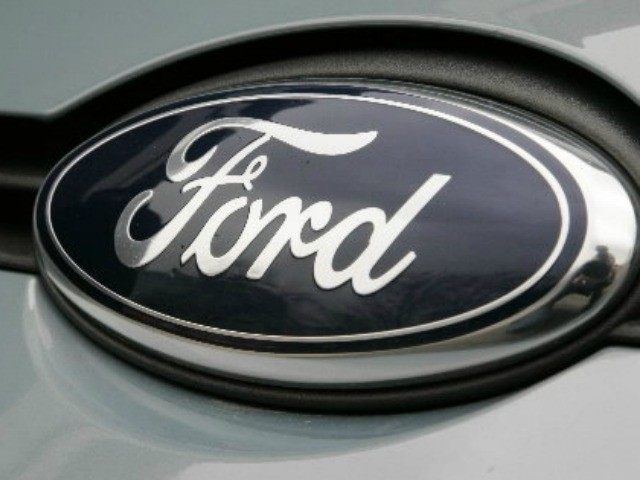Engadget’s description of the new Ford S-Max car and its Intelligent Speed Limiter technology is both fascinating and creepy as hell: “A camera mounted on the windshield scans the road signs on the sides of the highway and, when the vehicle enters a 20mph zone, the system reduces the top speed to match. Rather than controlling the speed with automatic braking, the car limits its own velocity by adjusting the amount of fuel being pushed to the engine.”
That sounds like an elaborate way to swap one set of safety issues for another, although Ford engineers made allowances for manual overrides, and the most common situation in which an automatically throttled-down engine might be dangerous: “If a burst of speed is required, however, users can either deactivate the system by pressing a button on the console or temporarily get past it with a hard press on the gas pedal. If the vehicle is coasting downhill and starts to build up speed, the car will sense its motion and sound an alarm to get you braking.”
The technology involved in automatically reading, and responding to, road signs is remarkable, taking us one step closer to the self-driving car that haunts so many nerdy dreams. (Inquirer notes that some late-model Ford vehicles already include less-intrusive traffic sign recognition systems.) Engineers working toward such vehicles promise enormous leaps in safety, convenience, and travel efficiency, as they’re convinced much of the congestion plaguing busy roads is a result of human error. If all of those promises are delivered, consumers may voluntarily embrace robot cars, although the initial resistance due to apprehension about possible system failures will be epic to behold. The Inquirer article quotes Ford engineers saying they believe a fully autonomous vehicle will be technically possible by 2020, but it sounds like marketing, safety, and security issues will delay any possible rollout for some years after that. (That’s “security” as in “your car’s computer system getting hacked by thieves, vandals, or terrorists.”)
Meanwhile, the idea of a car that forces drivers to obey the speed limit – or, given the override system, makes it more difficult for them to violate it – is bound to strike some as logical, while others will see it as offensive nanny nagging, especially if the technology is adapted to force compliance with a wider range of speed limits than the very slowest residential restrictions. The trade of liberty for security has rarely been made so concrete, and compact.
It’s easy to agree there aren’t many good reasons for driving fast in a 20mph zone, and an extra button or hard tap on the gas isn’t much of an inconvenience if such an unlikely situation arises, but the idea of the car hectoring or compelling its human “master” to obey will rub many drivers the wrong way, especially if this proves to be a legal and technological foot in the door for more obedience systems. If they become popular, you know it won’t be long before some Nanny State politician decides to make them mandatory.
This resistance will add to fears that such systems are one more delicate component of high-tech modern autos that can fail, inflicting anything from expensive repairs to a safety crisis upon the driver. And what happens if clever vandals start messing up street signs in ways they know will cause automobile compliance systems to go nuts?

COMMENTS
Please let us know if you're having issues with commenting.